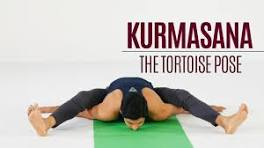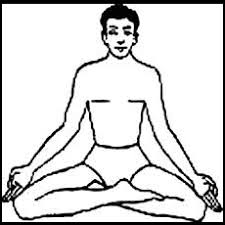KUKKUTASANA (Cockerel Pose)

KUKKUTASANA (Cockerel Pose) Assuming padmasana, insert the hands between the thighs and calves, planting them (the hands) firmly on the ground, raise the body in the air. This is kukkutasana (HYP 23 ). Kukkutasana is one of the advanced yoga postures and is also known as Cockerel Pose or Yoga Rooster Pose. The word Kukkutasana comes from Sanskrit, where ‘Kukkut’ means cock or rooster and ‘Asana’ means pose. Kukkutasana is commonly found in you sequences such as Ashtanga Yoga, Iyengar Yoga, Core Yoga, or Hip Opening Yoga Sequences. It is a great posture to add to your home workouts. While considered an advanced yoga posture, mastering Kukkutasana requires some amount of time and practice making it a great asana to try in yoga for beginners. Technique of Kurmasana Sit in padmasana. Insert the right arm between the right thigh and calf muscle, and the left arm between the left thigh and calf muscle. Place the palms of the hands firmly on the ground with the fingers pointing for...






